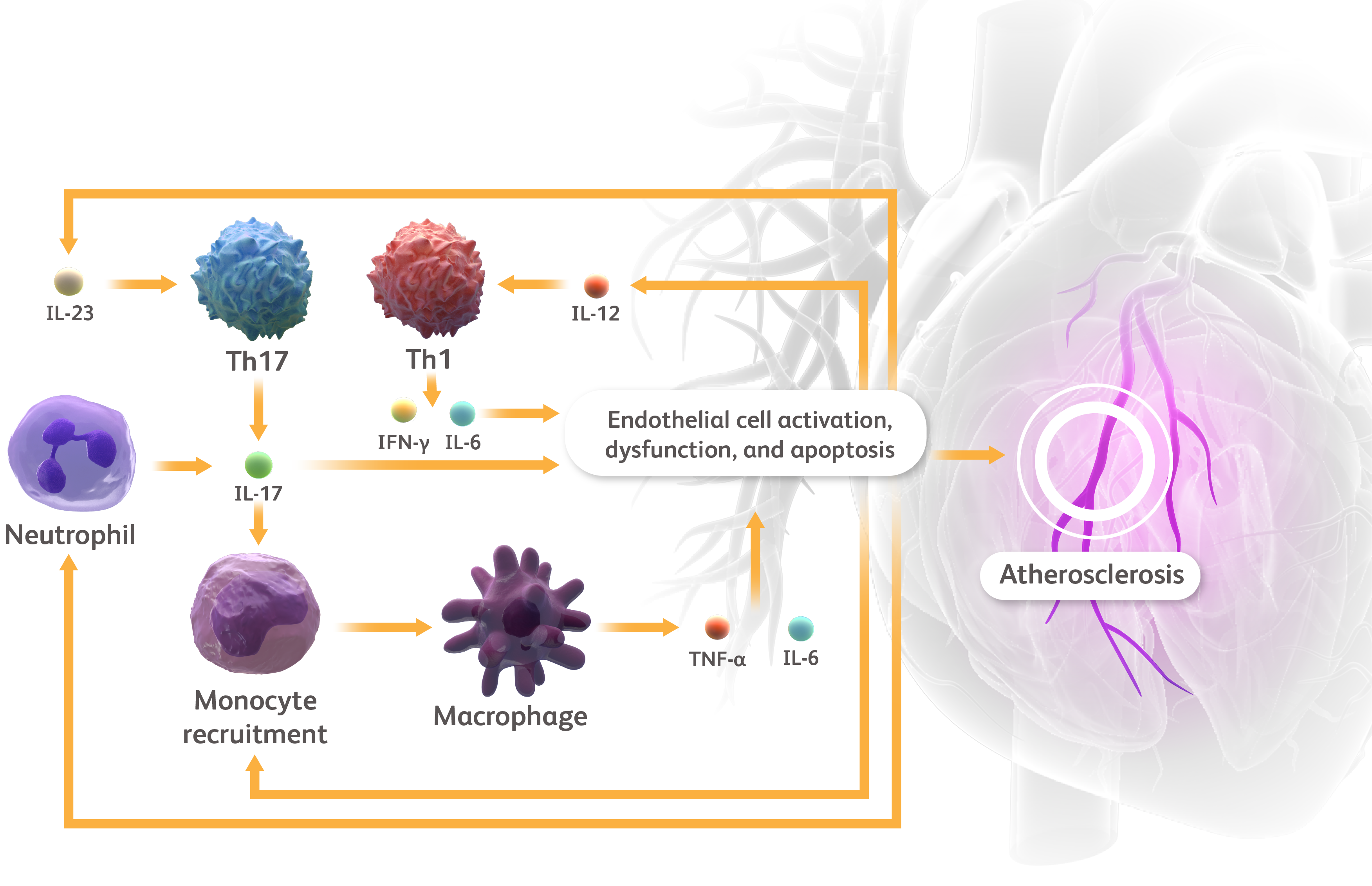more than a skin disease
References
- Samarasekera EJ et al. J Invest Dermatol. 2013;133:2340−2346.
- Dey AK et al. JAMA Cardiol. 2017;2(9):1013–1018.
- Lerman JB et al. Circulation. 2017;136:263–276.
- Armstrong EJ et al. J Am Heart Assoc. 2013;4:2:e000062.
- Armstrong AW, Read C. JAMA. 2020;323:1945–1960.
- Armstrong AW et al. Am J Cardiol. 2012;109:976–980.
- Tinggaard AB et al. J Intern Med. 2021;290(3):693–703.
- Ahlehoff O et al. J Intern Med. 2011;270:147–157.
- Gelfand JM et al. J Am Acad Dermatol. 2006;55:829–835.
- Skornicki M et al. Adv Ther. 2021;38:2458–2471.
- Elmets CA et al. J Am Acad Dermatol. 2019;80:1073–1113.
- Ghazizadeh R et al. Int J Med Sci. 2010;7:284–289.
- Lockshin B et al. J Am Acad Dermatol. 2018;79(2):345–352.
- Karbach S et al. Arterioscler Thromb Vasc Biol. 2014;34:2658–68.
- Zhang S et al. PLoS ONE. 2012;7(7): e40641.
- Sanda GE et al. Curr Atheroscler Rep. 2017;19:53.
- Alwan W, Nestle FO. Clin Exp Rheumatol. 2015;33:S2−S6.
- Wang Y et al. Front Immunol. 2022;13:835671.
- Mehta NN et al. Sci Rep. 2017;7:13831.
- Von Steubt E et al. Front Immunol. 2020;10:3096.
- Garshick MS et al. Arterioscler Thromb Vasc Biol. 2019;39:787–798
- Verma D et al. J Invest Dematol. 2021;141:586–595.





